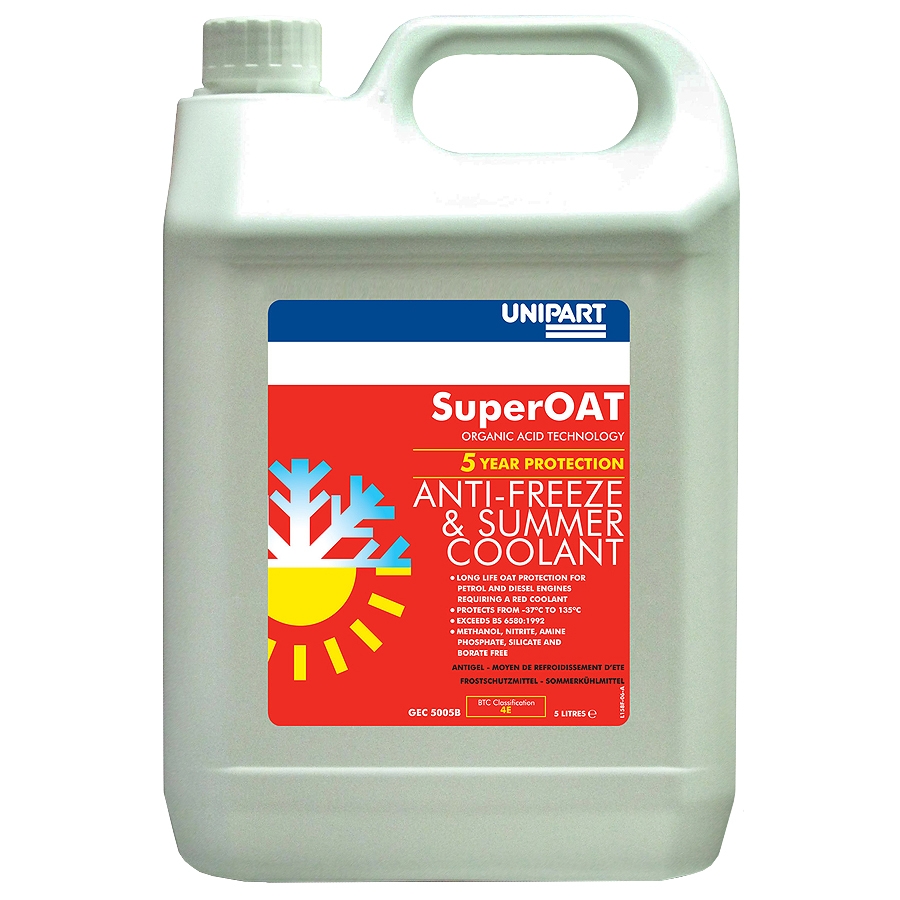

Some may be bad for your engine, but they’re not bad overall. So the answer is: no coolant additive is inherently bad. The “does NOT contain nitrite” label will inform you that it’s not the right coolant for your vehicle. For example, let’s say you’re looking for coolant that contains nitrite. That label exists only to inform people that the particular blend of additives may not be right for some engines. It can mislead people to believe that the additives listed after “does NOT contain ” are always bad. It’s common to see a “does NOT contain ” label on a coolant bottle. The right blend will protect your cooling system from corrosion and other issues. It’s important to use coolant with the right blend of additives. But each type of coolant contains a unique blend of additives. Most (if not all) coolants are ethylene glycol-based. The Most Common Additives Used In Organic Coolant So it’s always smart to play it safe and replace your coolant a littler sooner than the recommended interval. Yet, what does “normal” really mean? So many vehicles operate in extreme conditions from time to time. Automakers recommend coolant replacement intervals based on “normal” circumstances. But your cooling system may thank you for replacing the coolant a little sooner than recommended. Modern organic coolants can last a very long time. Why It’s Always A Good Idea To Replace Your Coolant A Little Sooner Than Recommended Each coolant has its own blend of additives to maximize corrosion protection in certain engines. There are many different additives available. That’s why coolant manufacturers use additives in their coolant. It doesn’t offer the same corrosion protection as inorganic coolant does. It’s not as effective when it comes to limiting corrosion in the cooling system. Organic coolant is a good solution for modern engines. Organic coolant works better with the metals used in newer engines (aluminum). Inorganic coolant works better with the metals used in older engines (steel and iron).This increases maintenance and ownership costs. Inorganic coolant doesn’t last a long time, thus it needs frequent replacements.So why did many automakers switch to organic coolant? A few reasons: Inorganic coolant is better at limiting corrosion than organic coolant. Why Did Automakers Switch To Organic Coolant? The corrosion resistance of IAT coolant.HOAT coolant offers the best of both worlds: OAT coolants last longer than IAT coolants, but they don’t do as good a job limiting corrosion within the cooling system. Organic acid-inhibitor technology (OAT).Many modern engines (post 2000) use organic coolant.

These days, IAT coolant comes in the color green or the color yellow. Most if not all engines built in the 20 th century used inorganic coolant. Green coolant is inorganic coolant, which is also called inorganic acid technology (IAT) coolant. If you were around last century, you may remember that bright green was the color for coolant. What’s the difference between these types of coolants? Which one is right for your car? In general, there are 2 different kinds of coolant: inorganic and organic. MHRA 'OAT', All Acronyms, 4 July 2022, Bluebook All Acronyms, OAT (Jul.

OAT, All Acronyms, viewed July 4, 2022, MLA All Acronyms. Retrieved July 4, 2022, from Chicago All Acronyms. Facebook Twitter Linkedin Quote Copy APA All Acronyms.


 0 kommentar(er)
0 kommentar(er)
